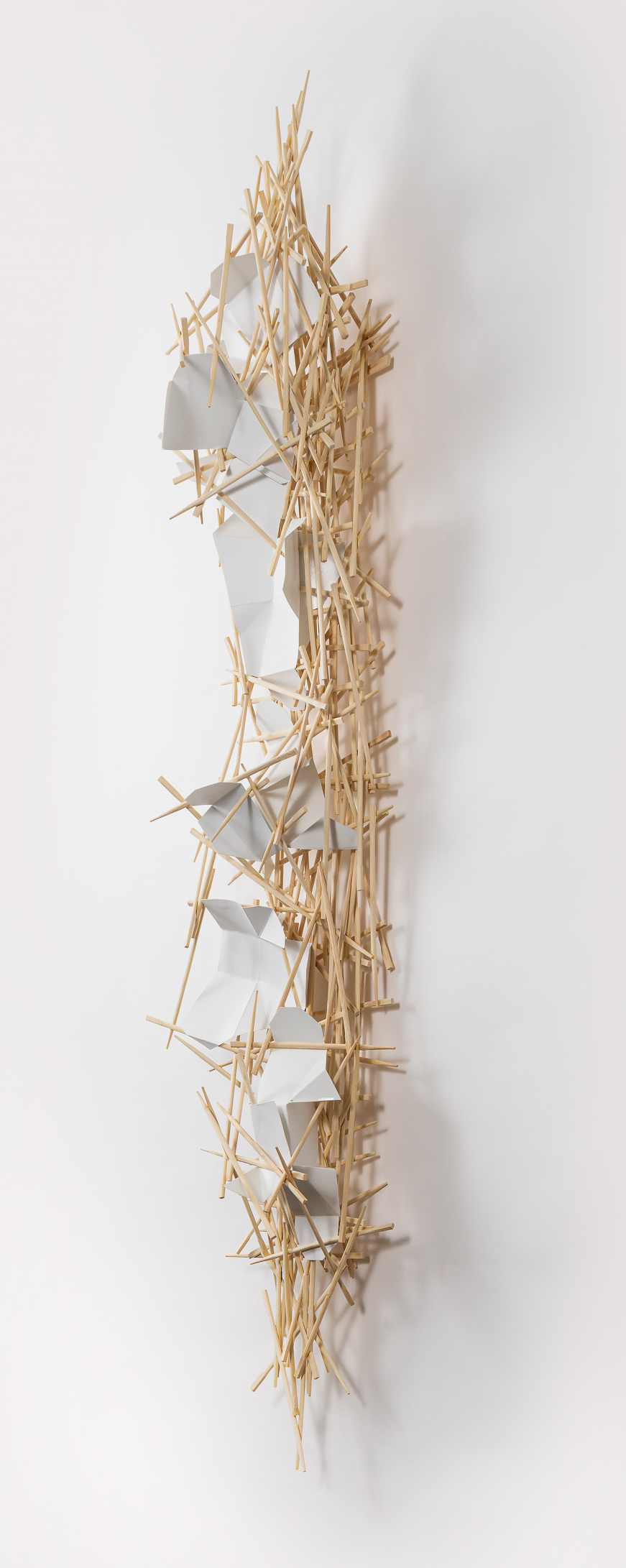
During the last 100 years or so, countless artists have produced works that utilize or are inspired by found objects. The introduction and artistic appropriation of common everyday objects began after WWI as society became increasingly disillusioned with the established social order. This extreme skepticism gave rise to a view of the world called nihilism. Nihilism rejected truth, moral principles and purported that life was absolutely meaningless. Some artists who sought to express this loss of meaning began utilizing these items in their work. Why take the time and effort to develop unique original works if there is no point? Ironically, the ultimate expression of nihilism is to destroy or to do nothing at all. Why go to the studio or make art if everything is meaningless? This is likely why the movement was short lived. However, many of the techniques and processes that were pioneered by these cynics continued to be used. For example, well-known artists utilizing found objects include Duchamp, Oldenburg and most recently Koons. Interestingly, Koons, one of the most financially successful artists of our age, is the only one mentioned here who insists there is no meaning attached to his work.
I regularly utilize common everyday items in my own artwork. I developed a series of sculptures by painting and manipulating pizza boxes. My current series entitled take out, an example shown here, utilizes Chinese take-out food containers and chop sticks. In contrast to many historic precedents, my work is not cynical or meaningless. I consider the “found object” a cultural artifact — a product of a particular way of life, society and geopolitical/economic system within which I am immersed. The object presents me with a predetermined condition and context — a meaning that I have little or no control over. By manipulating and altering these objects I am exercising my agency and gaining some control over my circumstance. Some have interpreted my works as deconstruction, but I don’t see them that way. My works are rational, stable and ordered. My constructions are often complex — inspired by patterns found in nature. My work is hopeful, not critical or cynical. It acknowledges we often lack control over our given situation, yet have substantial authority and possess the ability to be proactive and assertive — to alter, impact and reconfigure our reality.
